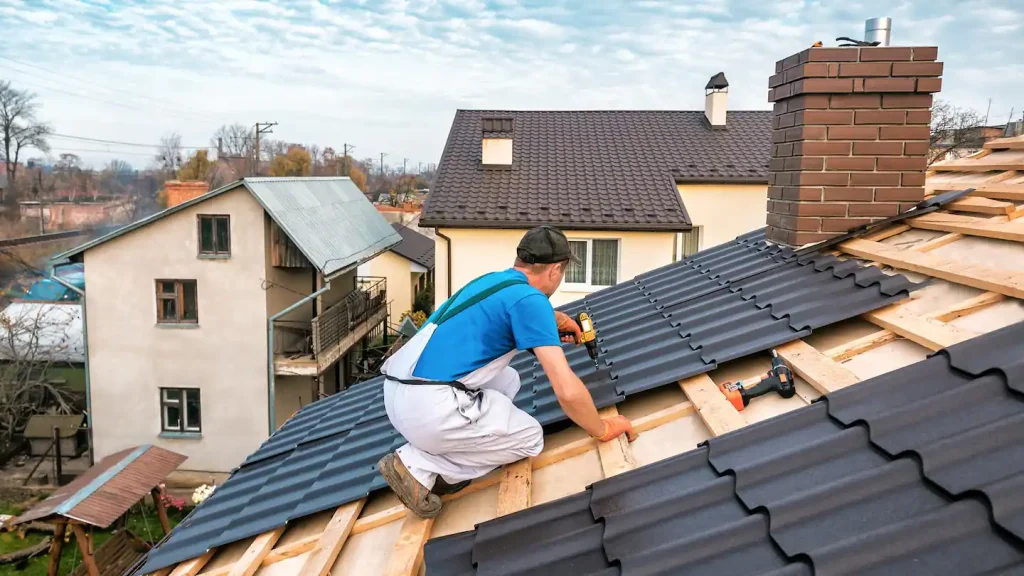When it comes to roofing options, metal roofs are gaining popularity for their durability, longevity, and energy efficiency. If you have an existing shingle roof and are considering a metal roof upgrade, you might wonder if you can install the metal panels directly over the shingles without the need for furring strips. In this article, we’ll explore this common question and provide insights into whether it’s a feasible option for your roofing project.

Understanding Metal Roofing Over Shingles
Metal roofing is a fantastic choice for homeowners looking to replace or upgrade their roofs. However, the decision to install it over existing shingles depends on various factors. Let’s break down the key aspects you need to consider:
- Roof Condition: Before deciding to install a metal roof over shingles, evaluate the condition of your existing roof. If your shingles are severely damaged, rotting, or if there are structural issues, it’s best to remove them entirely.
- Weight: One of the primary concerns with metal roofing over shingles is the added weight. Metal roofs are heavier than shingles, so you must ensure that your existing roof structure can support the extra load. Furring strips can provide additional support.
- Smooth Surface: For a metal roof to perform optimally, it requires a smooth, even surface. Shingles, especially if they are old and curled, can create an uneven substrate. Furring strips can help create a flat surface for the metal panels.
- Local Building Codes: Always check your local building codes and regulations. Some areas might have specific requirements for roofing installations. Local codes often dictate whether furring strips are necessary.
Benefits of Using Furring Strips
While it is possible to install a metal roof over shingles without furring strips, doing so may come with some disadvantages:
- Uneven Surface: Shingles can create an uneven surface that makes it challenging to install metal panels evenly. This can affect the appearance of your new roof.
- Potential Trapped Moisture: Without furring strips, there’s a risk of moisture getting trapped between the metal roof and the shingles. This can lead to issues like corrosion and even mold growth over time.
- Reduced Energy Efficiency: Furring strips provide an extra layer of insulation, which can enhance your home’s energy efficiency. Without them, you might miss out on some of these benefits.
- Reduced Longevity: A properly installed metal roof can last for decades. However, without furring strips, your roof might not last as long due to potential moisture issues.
Conclusion
In summary, while it is technically possible to install a metal roof over shingles without furring strips, it’s not always the best choice. To ensure the longevity, energy efficiency, and appearance of your new metal roof, it’s advisable to consult with a professional roofing contractor. They can assess your existing roof, local building codes, and provide guidance on the most suitable installation method.
Ultimately, the decision depends on the condition of your current roof, your budget, and your long-term goals. When done correctly, a metal roof can be a valuable investment, and using furring strips may be the best way to ensure its success.



Leave a Reply